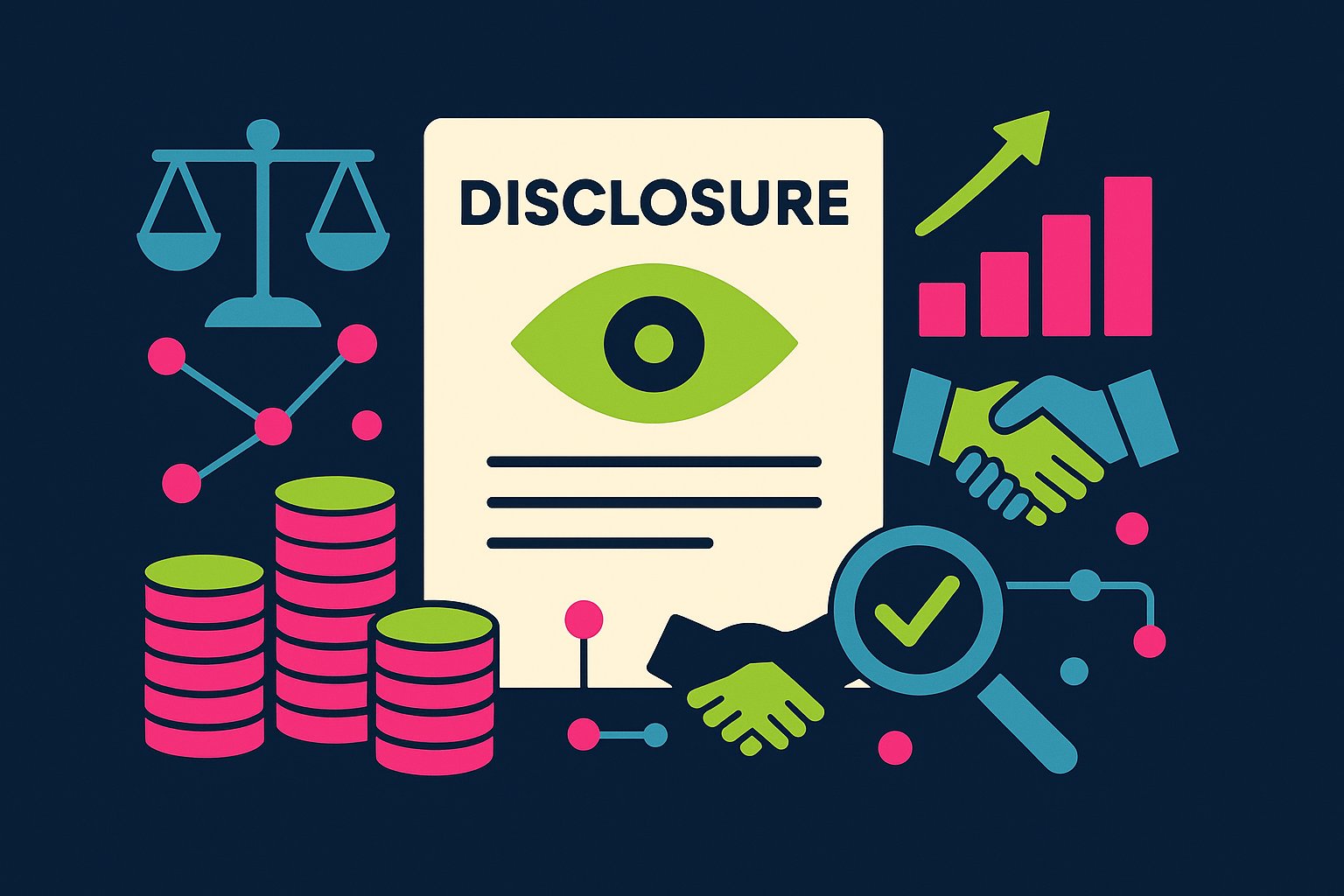Navigating the Landscape of IP Rights for Revenue Growth
In today’s knowledge-driven economy, understanding how to harness intellectual property (IP) for royalty and revenue sharing agreements is not just an option—it’s a necessity. Whether you’re an inventor, artist, software developer, or entrepreneur, mastering the intricacies of IP rights can unlock new income streams, amplify the value of your creations, and forge powerful partnerships. This comprehensive guide dives into the art and science of crafting, negotiating, and managing agreements that turn intangible assets into tangible returns.
Unveiling the Power of Intellectual Property
Intellectual property represents the cornerstone of innovation. Patents, trademarks, copyrights, and trade secrets each confer distinct protections, enabling creators to assert exclusive rights over their ideas and expressions. Patents safeguard novel inventions, granting inventors the sole authority to manufacture, use, or sell their discoveries for a limited period. Trademarks protect brand identifiers—names, logos, and slogans—that distinguish goods and services in the marketplace. Copyrights cover original literary, artistic, and musical works, while trade secrets preserve competitive advantages through confidentiality. Recognizing the scope and limitations of each IP category lays the groundwork for structuring agreements that maximize both legal security and commercial upside.
Mapping Your IP Portfolio for Strategic Impact
Not all intellectual property is created equal. A blockbuster patent in a cutting-edge pharmaceutical process carries vastly different revenue potential than the copyright on a niche musical composition. Before entering negotiations, it’s crucial to catalog and categorize your IP assets. Evaluate the market relevance of each item, estimate its remaining lifespan, and assess jurisdictional nuances—such as patent term extensions or trademark renewal schedules. A thorough IP audit helps you prioritize assets with the greatest earning potential and anticipate renewal costs, litigation risks, and enforcement needs.
Designing Robust Royalty Structures
Royalty agreements form the backbone of IP monetization strategies. At their simplest, they allow licensees to exploit protected assets in exchange for periodic payments tied to sales volume, revenue, or a fixed fee. Yet a truly effective royalty agreement transcends basic financial terms. It incorporates performance milestones, geographic limitations, sublicensing provisions, and audit rights to ensure transparency. By defining clear benchmarks—such as minimum annual royalties or sales targets—licensors maintain accountability and incentivize licensees to prioritize the licensed technology or brand. Moreover, specifying conditions for termination or reversion of rights protects licensors against underperformance and preserves leverage in future negotiations.
Crafting Equitable Revenue Sharing Models
Revenue sharing agreements often involve multiple stakeholders contributing complementary assets: one party may provide brand equity, another the manufacturing capability, and a third digital distribution expertise. Designing a fair revenue split requires balancing risk, investment, and expected returns. A proportional model ties each party’s share to its relative contribution, adjusted for factors like marketing spend or technical support commitments. Alternatively, tiered structures reward high-performing collaborations with escalating rates, aligning incentives across the board. Including dispute resolution clauses—mediated arbitration or expert determination—ensures disagreements over revenue calculations or cost allocations can be resolved efficiently without derailing the entire venture.
Valuation Techniques: Putting Numbers on Creativity
Assigning a monetary value to IP can feel more art than science. Yet robust valuation underpins informed negotiations. Approaches range from cost-based methods—summing development expenses—to income-based techniques that discount projected future cash flows to present value. Market-based comparisons look to comparable transactions for similar assets, though finding truly analogous deals can be challenging. Whichever path you choose, be prepared to justify your assumptions—growth rates, royalty rates, and risk-adjusted discount factors—against prevailing industry benchmarks. Engaging third-party valuation experts can lend credibility and offer objective insights, especially with high-stakes technologies or brand portfolios.
Mastering the Art of Negotiation
Successful IP negotiations blend rigorous preparation with strategic flexibility. Begin by defining your non-negotiables—territories, exclusivity, minimum royalties—and identify areas where you can offer concessions, such as sublicensing rights or technical training. Active listening helps uncover the counterparty’s underlying motivations: are they primarily seeking market entry, cost reduction, or brand enhancement? Framing your proposals in terms of mutual benefit—for example, illustrating how collaboration accelerates time-to-market—fosters a cooperative atmosphere. Always document verbal agreements promptly in writing to prevent misunderstandings, and consider integrative bargaining techniques, where both sides work together to expand the pie rather than merely dividing fixed resources.
Drafting Contracts with Precision
A meticulously drafted agreement is your first line of defense against ambiguity and dispute. Start with precise definitions: spell out the scope of licensed rights, delineate field-of-use restrictions, and specify permitted exploitation channels—manufacturing, distribution, digital streaming, or franchising. Include detailed reporting obligations, audit protocols, and mechanisms for resolving discrepancies in royalty calculations. Confidentiality clauses should safeguard proprietary information shared during collaboration, with defined durations extending beyond the term of the main agreement. Finally, incorporate force majeure provisions to address unforeseeable events, indemnification clauses to allocate risk for third-party infringement claims, and clear termination triggers to manage underperformance or breach.
Monitoring and Enforcing Your Agreements
Creating an agreement is only half the battle; diligent monitoring ensures the promised royalties and revenues actually materialize. Establish periodic reporting intervals—monthly, quarterly, or annually—tailored to the scale and predictability of your market. Embed audit rights that allow you to engage independent accountants to verify licensee records, and spell out remedies for shortfalls, including catch-up payments with interest. For digital content, consider leveraging blockchain-based rights management platforms that automate royalty calculations and disbursements via smart contracts. Should infringement or breach arise, having a clear roadmap for cease-and-desist notices, mediation, and, if necessary, litigation helps contain costs and limit reputational damage.
Leveraging Technology for Seamless Royalty Management
The complexity of tracking multi-territory, multi-product royalty streams has given rise to dedicated software solutions. Royalty management platforms centralize contract terms, automate royalty calculations, generate compliance reports, and flag anomalies in real time. Some systems integrate with enterprise resource planning (ERP) and sales databases, ensuring that royalty triggers—such as unit sales or streaming counts—are captured instantly. Advanced analytics modules can forecast future payouts, perform scenario modeling, and visualize revenue-sharing breakdowns across partners. Selecting the right platform hinges on factors like scale, customization needs, integration capabilities, and support for industry-specific metrics—digital downloads versus physical shipments, for example.
Lessons from the Field: Case Studies in IP Monetization
Consider the journey of a biotech startup that licensed its groundbreaking gene-editing patent to a leading pharmaceutical company. By structuring an upfront payment coupled with escalating milestone-based royalties tied to clinical trial achievements, the startup secured immediate capital for R&D while preserving upside from eventual drug approvals. In another example, a music licensing platform empowered independent artists to share streaming data transparently, deploying smart contracts that disbursed royalties within days rather than months. These case studies underscore the importance of aligning financial structures with innovation life cycles: upfront funds fuel development, milestone payments de-risk investments, and ongoing royalties reward commercial success.
Common Missteps and Proactive Solutions
Even seasoned negotiators can stumble. Overly broad grant clauses risk unintended sublicensing and dilution of rights, while vague definitions of “net sales” invite disputes over allowable deductions. Ignoring tax implications—like withholding requirements on cross-border royalty payments—can erode returns. Equally, neglecting post-termination obligations may expose confidential know-how long after the relationship ends. To avoid these pitfalls, involve cross-functional experts in legal, finance, tax, and IT early in the process. Schedule regular reviews of your agreements to reflect evolving business models and regulatory changes, ensuring your IP framework remains resilient and adaptive.
Anticipating Tomorrow’s IP Trends
The digital revolution continues to reshape IP monetization. Non-fungible tokens (NFTs) are redefining ownership models for digital art, enabling fractional revenue-sharing possibilities. Artificial intelligence tools can analyze licensing portfolios, identify underutilized assets, and recommend new collaboration opportunities. Meanwhile, global trade agreements and regional IP harmonization efforts are lowering barriers to cross-border licensing. As subscription-based and usage-based models gain traction, flexible royalty structures—such as per-user or per-view fees—are becoming the norm. Staying ahead demands legal acumen, technological agility, and a proactive approach to emerging formats and platforms.
Elevating Your IP Strategy for Maximum Impact
Mastering IP rights for royalty and revenue sharing agreements is both a strategic imperative and an ongoing endeavor. It requires a blend of legal expertise, business savvy, and creative negotiation. By mapping your IP assets, crafting clear and robust agreements, leveraging technology for management and enforcement, and learning from real-world successes, you can transform intangible innovations into sustainable revenue streams. As the landscape evolves, continue refining your approach—adopting new valuation techniques, adapting to digital distribution models, and safeguarding your rights across jurisdictions.
In a world where ideas are the most valuable currency, your IP strategy can be the engine that propels growth, fosters collaboration, and secures lasting impact. Whether you’re licensing a groundbreaking invention or sharing revenues from a creative masterpiece, these principles will guide you toward agreements that reward innovation, build strong partnerships, and drive success in an ever-changing marketplace.




